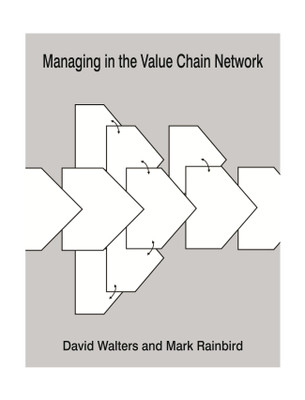Managing In The Value Chain Network(English, Hardcover, Mark Rianbird David Walters)
Quick Overview
Product Price Comparison
The notion of Value Chains as first proposed by Porter is now 25 years old. The business world of the 1980's was very different from that at the beginning of the second decade of the twenty-first century. The notion of supply chain management has also moved on from just being about costs and is being replaced by value chain network management, an approach that acknowledges the customer as the focal point of commercial activity and embraces the management of product service design, operations, marketing and service management as well as cost management. Today the engine for growth is Asia and the model has shifted from a business owing all of the production assets to managing partners in supply chains to even more complex relationships. While the focus on Asia was originally about lowering costs, as these resource markets expanded they have become massive consumer markets in their own right such that now the PRC is the world's fastest growing market. The Value Chain concept has been a useful tool in mapping, understanding and even predicting these changes. This text argues that the Value Chain has provided context for moving away from ownership of assets as the dominant paradigm to reducing asset footprints and participating in networks of businesses working together. Furthermore the Value Chain remains a valuable tool in exploring the future. It is argued that the "net" result of the changes we are experiencing has been to increase both strategic effectiveness and operational efficiency of business organisations by leveraging partners' assets through value chain networks.


